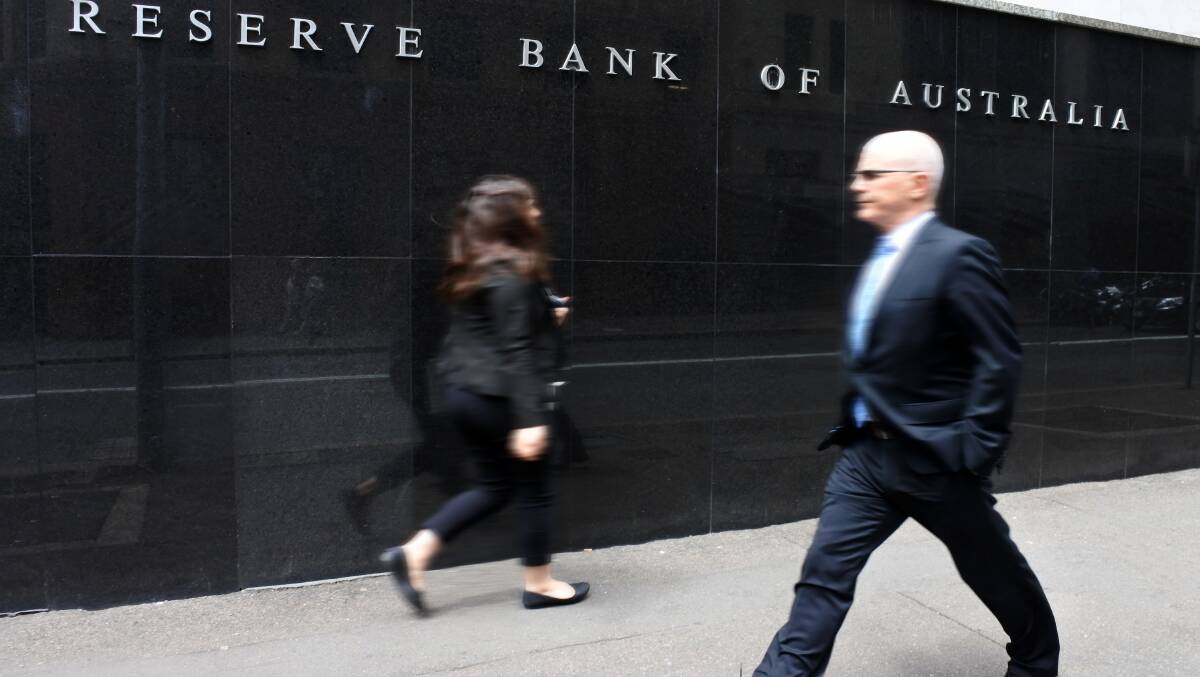The role of the Reserve Bank of Australia

This is branded content.
The Reserve Bank of Australia (RBA) is one of the most important financial institutions at the apex level globally. The RBA controls the Australian Dollar (AUD) through its monetary policies and various activities.
The Central Bank also plays a crucial role in regulating banking practices and collaborating with the central banks of other countries and international financial institutions.
Australia's economy has fared relatively well compared to many other countries worldwide. Although, recent economic losses have led to several important decisions to stem the tide and prevent a breakdown.
Recent interest rates decision
In Australia, the RBA is responsible for the monetary policies that control the interest rate and affects businesses, ranging from international trades to private and professional trader who trade various financial markets.
The interest rate was a significant item in the RBA's July meeting. Reports indicate that the RBA mulled the decision to pause the rates or implement a 25 basis point hike. This comes as the RBA acknowledged a significant threat of a slow economic pace and increased unemployment.
The RBA eventually settled for leaving the interest rate unchanged at 4.7 per cent.
A recent report from The Australian Bureau of Statistics on the consumer price index (CPI) shows a 0.8 per cent hike in the last quarter and 6.0 q annually. This supports the opinion of some National Australia Bank (NAB) analysts that a new interest rate hike is unavoidable.
According to the economic analysts at the NAB, "The RBA has the opportunity to take out a little more inflation-reducing insurance without worrying about unemployment rising significantly." NAB analysts believe the hike may come by the next meeting in August.
The RBA still has the option of increasing interest rates, as stated in the minutes. Arguments for a rate hike are centred on the high inflation rate, especially for "services, energy and rents."
The RBA is expected to revise its monthly meetings to only eight times a year from eleven to set exchange rates and discuss other issues.
The government emergency stimulus package from November 2020 to February 2022 saw the RBA essentially "print" $281 billion of government bonds (at all levels). The RBA bought government bonds within two years, which experts say contributed to the high inflation.
But this claim is refuted by the RBA, arguing that buying government bonds does not cause inflation because the money was not paid directly to consumers. The RBA, however, is reportedly considering a pause on its stimulus package, which is now dubbed the "money-printing stimulus."
This may be accomplished by a massive sell-off of the bonds bought over the period. The RBA and Federal government are reportedly working on the possibility of achieving that. Likely buyers are investors in the open market or the Australian Office of Financial Management (AOFM).
Like most countries globally, Australia is battling high inflation, which is currency at a 32-year high of 7.8 per cent. Although the RBA aims to keep the inflation rate low, the apex bank has several tools, such as quantitative easing, interest, and exchange rates, to achieve its optimum inflation rate.
Adjusting the interest rate remains the most effective tool that the RBA uses to control inflation. But another tool the RBA uses is cutting spending to manage the national deficit at the federal level while urging states also to cut spending.
According to Maria Yanotti, Senior Lecturer in Economics at the Tasmanian School of Business and Economics, government intervention in living costs may not impact the inflation pressure around the country, hence the more viable option of increasing interest rates.
Future direction of the RBA
The RBA recently announced a new governor, Michele Bullock, who will resume office on 18 September. Prime Minister Anthony Albanese and Treasurer Jim Chalmers announced the appointment of Ms Bullock, who currently serves as the deputy to Philip Lowe, the current RBA governor.
Ms Bullock will start her seven-year term amidst high inflation and rising interest rates.
What this holds for the RBA remains to be seen, but Ms Bullock has expressed her commitment to delivering the RBA's policy and working with the executive team and boards. MS. Bullock has also revealed her 'reform agenda.'
This was revealed by Finance Minister Katy Gallagher, who told ABC Radio that Ms Bullock "does have a reform agenda" and also has the "leadership skills" necessary to perform her job at that level.
The RBA continues to guide Australia through its roles in the country, guiding the public and private sectors as it seeks to navigate high inflation and the possibility of slow economic growth.


